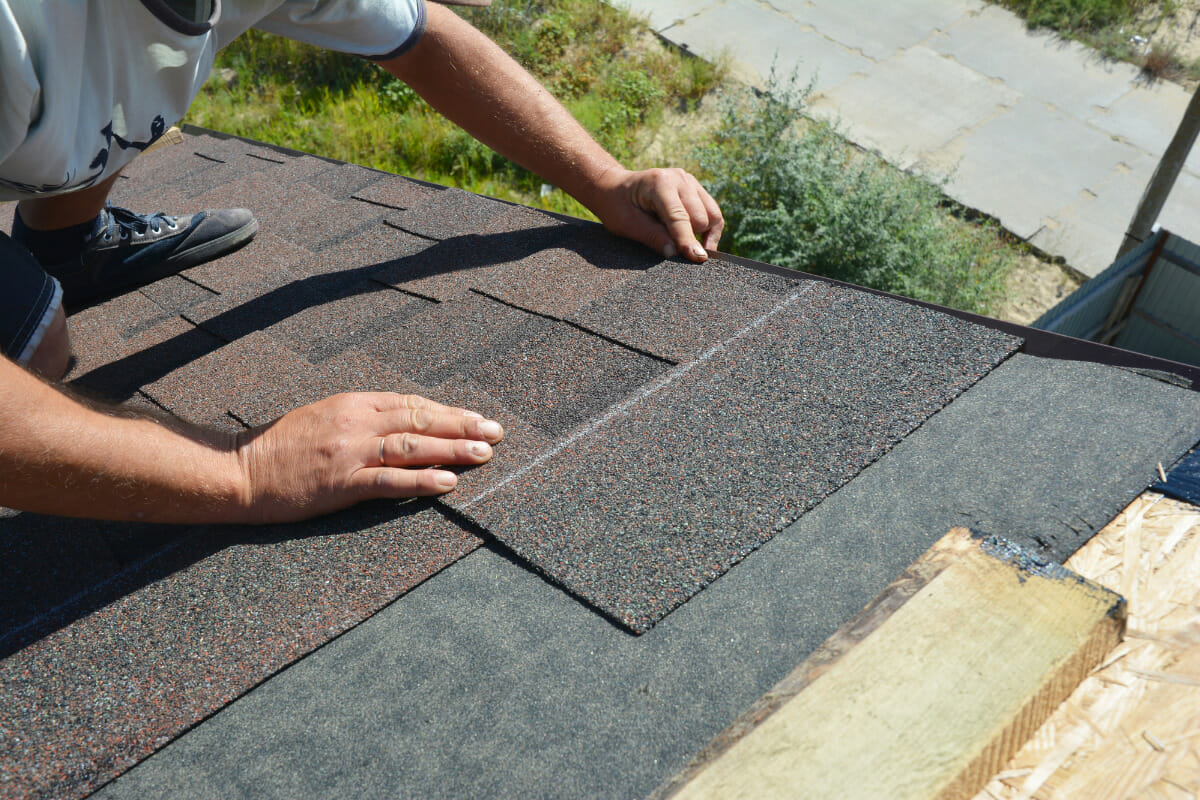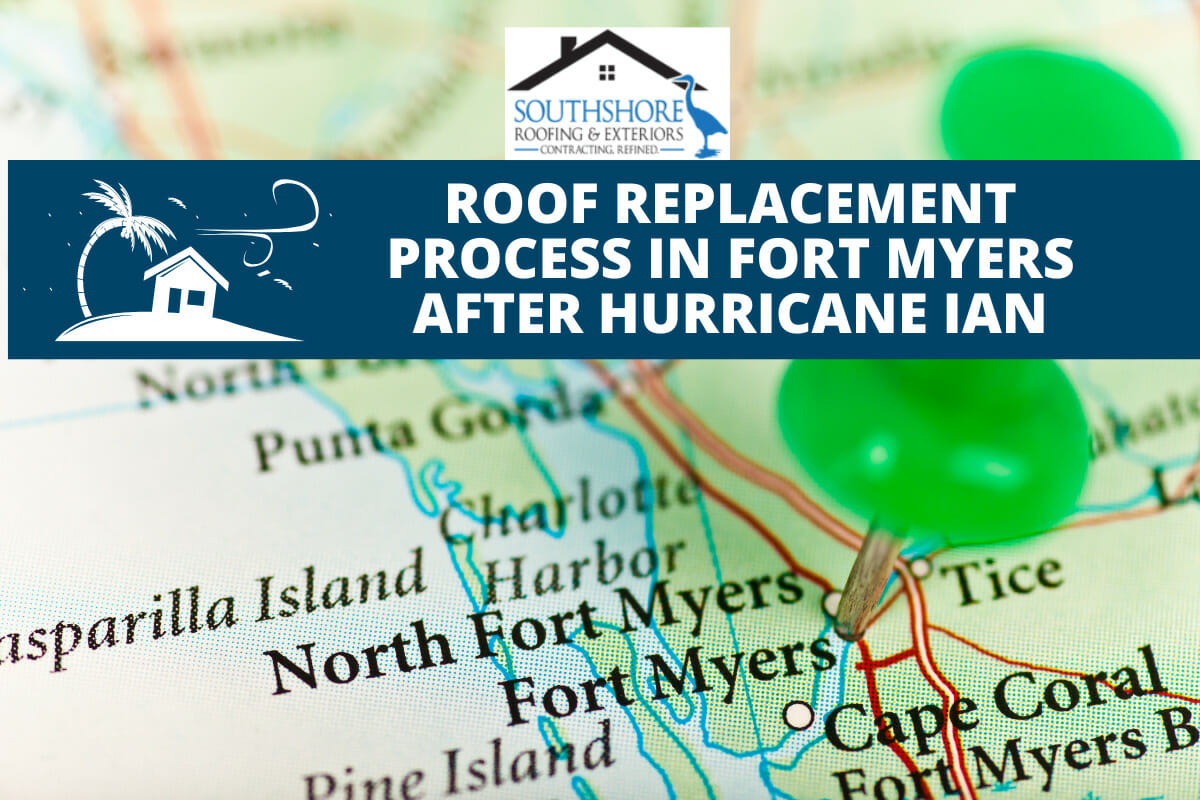Roof replacement and repair in Fort Myers is one of the most daunting tasks for building owners after Hurricane Ian. After its impactful storm surge and heavy rains, the beach, a renowned tourist place, turned into a messy zone with hundreds of homes left without their roofs, or worse.
In such a tremendous situation, the efforts to save homes and buildings should not be wasted. Therefore, we have curated a complete roof replacement guide in an effort to help you save your home and roof. Read this guide and get your roof back to how it was pre-Hurricane Ian.
What Is Hurricane Ian?
In Florida, Hurricane Ian was one of the most devastating storms in the United States. It not only damaged the roofs of these homes but also weakened the buildings’ foundations, making them fragile. Not to mention, hundreds of home and business owners had their properties flooded in Fort Myers, affecting them all emotionally and financially. Hurricane Ian, which was said to be a category 4 hurricane, hit southwestern Florida and spread through the nearby areas, including Fort Myers, where it made landfall, creating a disastrous situation for home and building owners.
To date, residents there are still recovering from the damage that occurred and are trying to build and replace their demolished roofs. Despite people helping each other and the government providing many federal funds to better the situation, many of the homes and buildings there are yet to be restored. In such a catastrophic situation, the roof replacement process seems daunting and overwhelming. However, the following guide will help if you want to restore your roof to its pre-damaged condition.

Steps Building Owners Should Take Before Roof Replacement
1. Protecting Your Belongings
Protecting your belongings during a roof replacement is crucial to prevent any more damage or loss. Remove any valuable items, such as electronics, paintings, and fragile decor, from the rooms directly under the roof. Then cover any furniture or appliances that cannot be moved with a plastic sheet to prevent dust and debris from settling on them.
2. Inspect Your Roof From The Ground
We don’t recommend anyone to get on top of their roof during or after a storm, especially after a storm like Hurricane Ian, which inflicts damage to a greater extent. So, going on a roof when a storm has just passed and is ongoing is a risky choice. In contrast, and for your safety, you can inspect your roof from the ground to the best of your ability, which should include checking on the gutters, siding, and ceiling inside your home. The rest you can leave to professionals.
3. Document Damages And Contact Your Insurance Provider
Homeowners insurance helps cover your roof if it experiences any damages, including roof-storm damage, hailstorm damage, water leaks, and more. If you obtained an insurance policy during the installation or replacement of your roof, you can file a claim. However, it is important to note that the insurance company will only cover the cost of repairs or replacement if the damage meets the conditions outlined in the policy. In other words, the insurance policy will only provide coverage for specific types of damage under certain circumstances.
To document your roof for the insurance claim, you need to take pictures or record a video of the roof’s damaged parts. A professional roof inspection will help you with this, and then you can send the information to your insurance company.
4. Temporarily Cover Your Roof
After you’ve documented your roof for the insurance claim, cover your roof with plastic tarping. A plastic tarp or temporary covering will protect your home and the interior if it rains at any time during the replacement, or until a professional inspection and roof replacement can take place
5. Choose The Right Contractor
Experienced and skilled contractors can assess whether your roof requires repairs or a full replacement. If a complete roof replacement is necessary, it is recommended to proceed with the repair. It is essential to hire a trusted and experienced contractor who is proficient in handling storm damage to ensure the best outcome. Additionally, before the installation process, it is important to discuss the cost with your roofer or contractor to avoid any surprises.
The Complete Roof Replacement Process
1. Professionally Inspect Your Roof
A professional roof inspection is necessary for a roof replacement and even for minor repairs after such an intense hurricane. A professional roof inspection is divided into three parts:
1. Structural Inspection
A roof is formed of an underlying structure made of wood, known as a roof deck. The roof deck is an integral part of a roofing system since the roofing materials lay upon it, which in response to extreme weather events, can become damaged, and cause the roofing system to collapse. Hence, to ensure that the roof deck and its components are intact, professionals do the structural inspection.
2. Roofing Materials Inspection
Due to Hurricane Ian, it is possible that your roof may have lost some of its shingles and metal sheets. Material inspections check for these damaged roof materials that if left unnoticed, can damage the complete roofing system.
3. Interior Inspection
During the interior inspection, professionals inspect your ceiling, attic, and interior walls for water stains and leaks. Since water leaks can lead to mold and mildew growth, an interior inspection is a must to repair and replace the damaged portions.
2. Choose The Right Roof Materials
Choosing the right materials for your roof can be daunting since many types of roofing materials are on the market. However, some factors can help you determine which roofing material will work appropriately in your home.
To choose the right roofing materials, consider the following points:
- Ask your roofer about the local building codes
- Look at the materials your neighbors are installing
- Use your own preference for specific roofing materials
These factors will help you choose the right roofing materials for your home.
3. Remove Old Materials
If your roof only needs repair, then replacing the complete roof is unnecessary. It will only cost you more money, time, and resources. Depending on the extent of damage, you can allow the roofers to remove old roofing materials and replace them with new and upgraded ones. Removing old roofing materials includes removing installed shingles, metal sheets, or tiles, and disposing of them for environmental protection.
4. Install The Roof Underlayment
Roof underlayment is protective sheets that are laid between the roofing material and the roof deck. They are sandwiched between them to prevent water leaks that have gotten past the roofing material from reaching your roof deck and the inside of your home. Since many roof underlayments are on the market, the one you install will depend on your chosen roofing materials. Therefore, make no mistake while buying a roof underlayment, as it determines your roof’s durability and longevity.
5. Apply Flashing
Flashing is an essential component of a roofing system. These metal pieces are installed where two planes of a sloped roof meet. The main purpose of installing flashing on a roof is to direct water away from the areas where it can leak through. Flashing ensures your roof is protected from water leaks.
6. Install The Roofing Materials
After the successful installation of the underlayment, you can move forward to roofing material installation. Since the quality of installation is also one factor in determining the lifespan of your roof, ensure you have hired reliable and skilled roofers proficient at handling all types of roofing projects.
7. Install Roof Vents
Roof vents are important components of the roofing system that help to provide ventilation and prevent moisture buildup in the attic.
There are several types of roof vents, including ridge vents, turbine vents, gable vents, and soffit vents. The type of vent installed will depend on various factors, such as the size and shape of the roof, the climate and weather conditions in the area, and the home’s ventilation needs.
8. Clean-Up And Final Inspection
After the new roof installation is complete, the job site must be cleaned up. This involves removing debris from the roof and surrounding area, such as old shingles and underlayment. The roofer will use specialized equipment, such as a roofing magnet, to collect any nails or metal debris that may have fallen during the tear-off process.
After the clean-up process, a final inspection is conducted to ensure the new roof has been installed correctly and meets local building codes and standards.

Hire Trusted Roofers For Your Roof Replacement
If you are considering roof replacement after Hurricane Ian’s impact on Fort Myers, you should only hand over your roofing projects to trusted roofers. At Southshore Roofing & Exteriors, we have experienced and expert roofers who handle every roofing project as if it was our own. We install quality roofs and ensure their extended lifespan. Call us today at (813)-400-3329 for more information.




